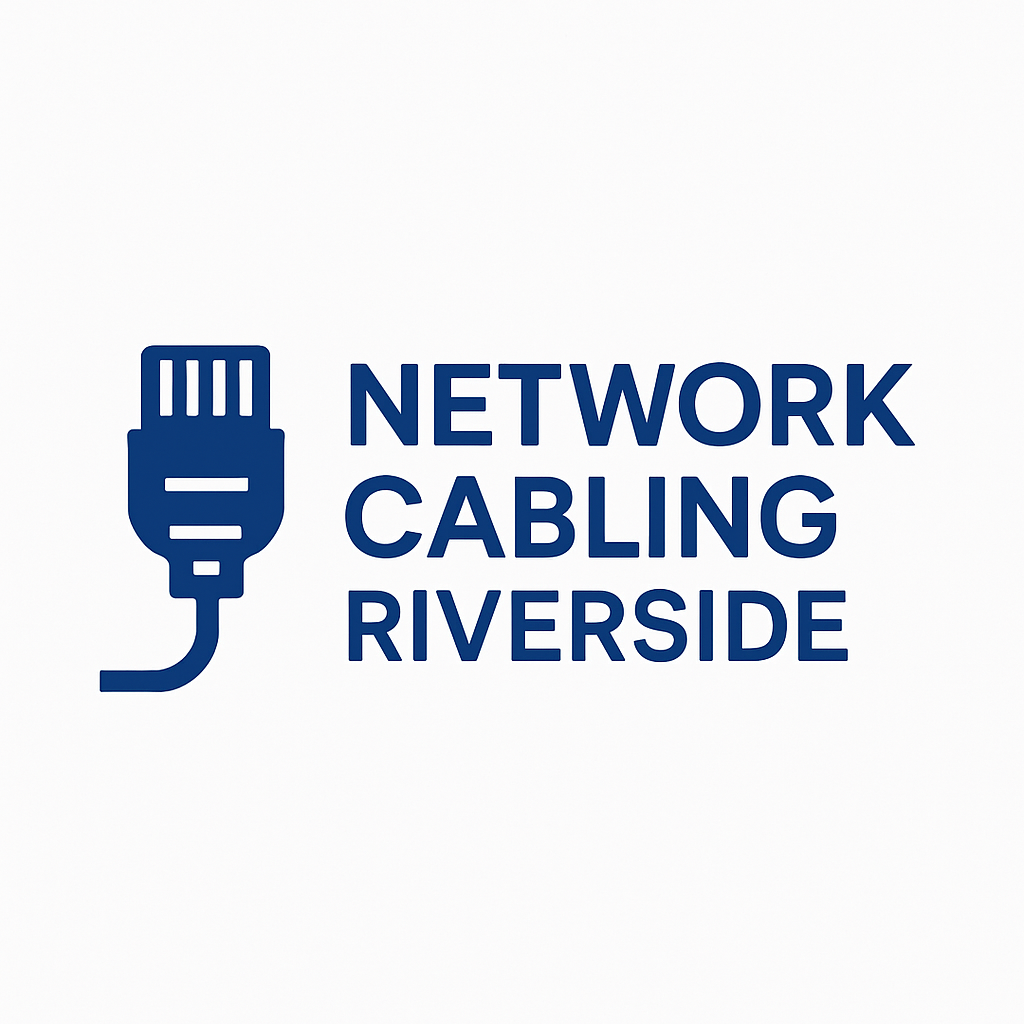Cabling Solutions for Data Centers in Riverside, CA – Expert Guide
Data centers are the backbone of modern business operations. They support cloud computing, storage, and real-time data processing. A critical component that ensures data centers operate efficiently is a robust and well-organized cabling infrastructure. This guide explores essential cabling solutions for data centers in Riverside, California, focusing on best practices, technologies, and key considerations for maintaining high performance and reliability.
Understanding the Importance of Data Center Cabling
Cabling in a data center is more than just connecting servers and network devices. Proper cabling design ensures:
- Network reliability: Reduces downtime caused by connectivity issues.
- Efficient airflow: Organized cabling improves cooling and energy efficiency.
- Ease of maintenance: Clear labeling and structured layouts reduce troubleshooting time.
- Scalability: Supports future growth without major rewiring.
Without a reliable cabling infrastructure, data centers face frequent outages, slower data transmission, and higher maintenance costs.
Types of Cabling Used in Data Centers
Data centers typically use several types of cabling, each serving a specific purpose:
1. Fiber Optic Cabling
Fiber optic cables provide high-speed data transmission over long distances with minimal signal loss. They are ideal for backbone connections between racks, switches, and servers. Types of fiber optic cables include:
- Single-mode fiber: Best for long-distance connections.
- Multi-mode fiber: Suitable for shorter distances within the data center.
2. Copper Cabling
Copper cabling is commonly used for connections requiring moderate speeds and shorter distances. The most common standards include:
- Cat5e: Supports speeds up to 1 Gbps.
- Cat6 and Cat6a: Capable of 10 Gbps over longer distances.
- Cat7: Offers shielding to minimize interference in high-density environments.
3. Hybrid Cabling
Some data centers use hybrid cabling solutions that combine fiber and copper to balance cost and performance. This approach ensures critical systems have high-speed fiber connections while supporting less sensitive equipment with copper.
Best Practices for Data Center Cabling
Implementing best practices in cabling enhances the performance and reliability of a data center:
- Structured Cabling: Follow ANSI/TIA-942 standards to create an organized system of cabling paths.
- Labeling and Documentation: Clearly label cables and maintain detailed records of network layouts.
- Separation of Power and Data: Avoid electrical interference by keeping power and data cables in separate pathways.
- Cable Management Systems: Use trays, racks, and channels to keep cables organized and prevent tangling.
- Regular Audits: Inspect and test cables periodically to detect wear, damage, or signal loss.
Emerging Technologies in Data Center Cabling
The evolution of data centers has introduced technologies that improve cabling performance:
- High-density cabling: Reduces space requirements and supports increased server density.
- Pre-terminated cabling: Speeds up installation while reducing errors.
- Advanced fiber optics: Technologies like OM5 fiber support multiple wavelengths for faster data transmission.
- Intelligent cabling management: Systems that track connections and monitor cable performance in real-time.
Challenges in Data Center Cabling
Even with the right equipment and planning, data center cabling faces challenges:
- Space constraints: High-density racks can make routing and organizing cables difficult.
- Heat management: Poor cable management can block airflow, increasing cooling costs.
- Rapid technology changes: Upgrading network speeds and infrastructure requires adaptable cabling solutions.
- Maintenance complexity: Without proper labeling, troubleshooting can become time-consuming.
Conclusion
Cabling is a critical foundation for any data center in Riverside, CA. Investing in structured, high-quality cabling solutions ensures network reliability, efficiency, and scalability. By following best practices and adopting modern technologies, data center operators can optimize performance, reduce downtime, and prepare for future growth. Proper planning and maintenance are essential for a resilient, high-performing data center.
